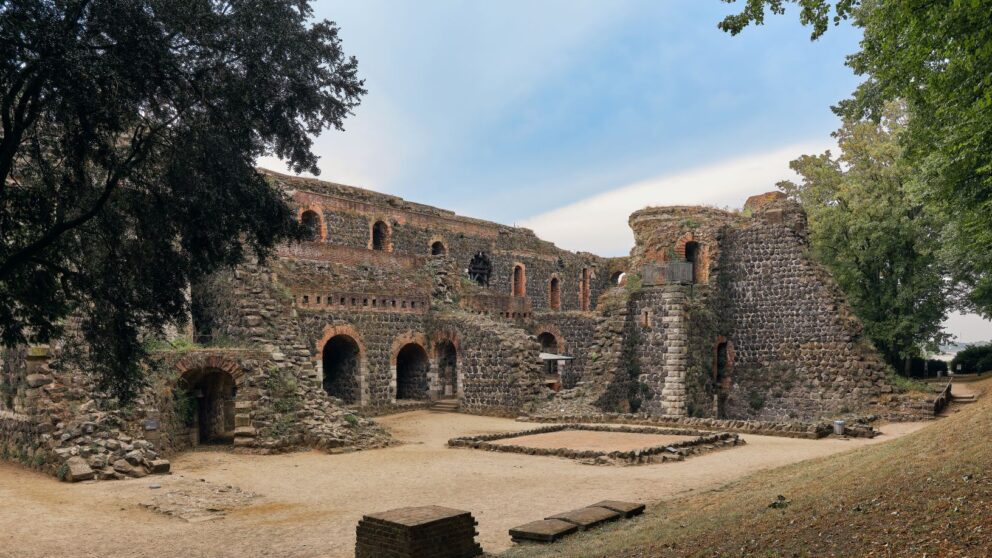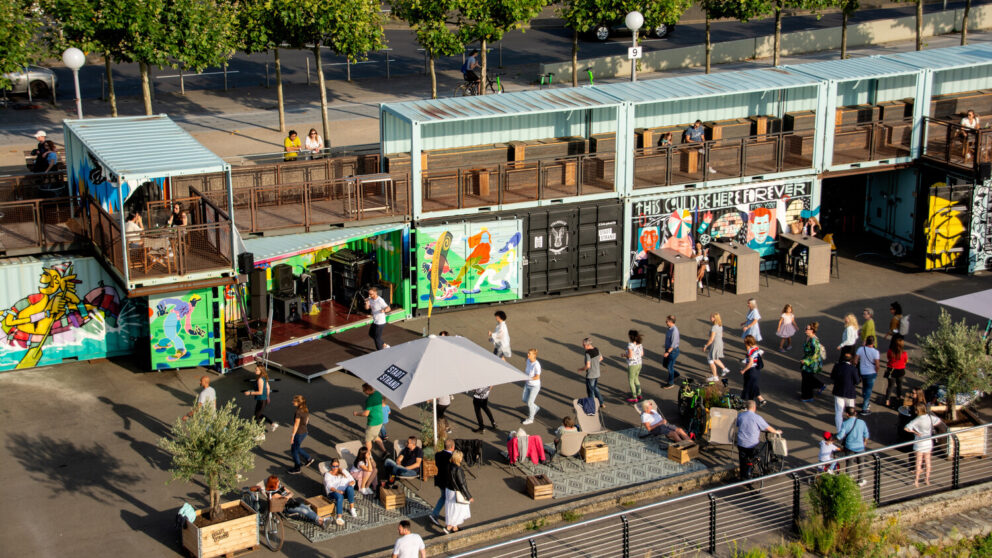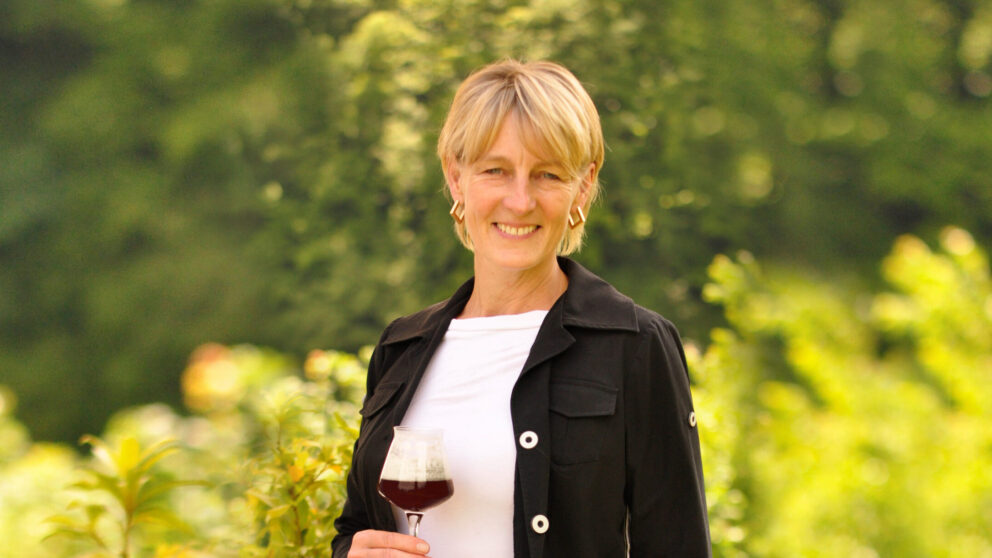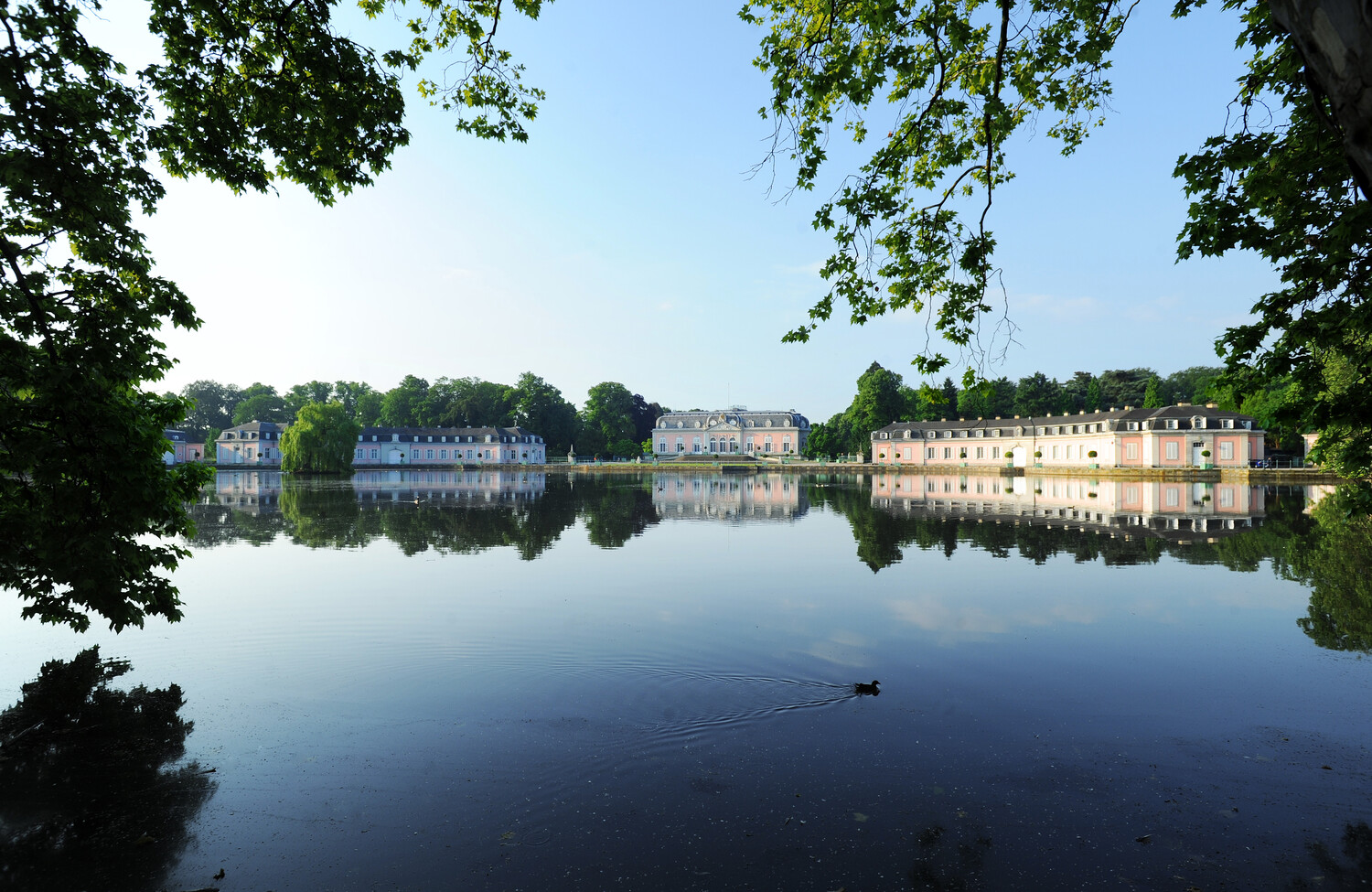
Six magnificent palace parks for a day out to remember

Six magnificent palace parks for a day out to remember
Green spaces on a grand scale
Even a confirmed urbanite needs some fresh air once in a while. So it’s just as well that Düsseldorf has such a lot of easily accessible green spaces, starting with the Rheinwiesen meadows near the city centre. In total, the city has 241 parks and green spaces, not to mention the nearby Aap and Grafenberg forests. There’s no question that urban greenery enhances your quality of life. But in Düsseldorf, you can also combine nature and culture, or mix history with horticulture, adding a whole new dimension. Are you yearning for wide expanses of parkland with rare and beautiful trees? And do you prefer a genteel stroll to an everyday walk? Are you interested in royal kitchen gardens and historical fountains? No matter where you are in Düsseldorf, in the north or to the south, the nearest palace park is often just around the corner.
Benrath Palace Park
If you would like to go for an elegant stroll in Düsseldorf, then head right on over to Benrath. Palatinate Elector Carl Theodor, an admirer of the French rococo style, had a pink summer residence built there – complete with the obligatory park. In 1755, he instructed the architect Nicolas de Pigage to design a ‘maison de plaisance’ complete with extensive parks and gardens that stretched all the way to the Rhine. These green spaces didn’t just match the style of the palace – that goes without saying – they also reflected the predilections of the individual palace residents. The result was an English garden with exotic trees for the Elector and a French-style park with water features and flower beds for his wife. Don’t be put off by the fact that Carl Theodor only visited Benrath Palace once. It’s definitely worth the 30-minute U-Bahn ride from the city centre! The park, with its Schlossweiher and Spiegelweiher ponds, is heritage listed, and parts of it are a designated nature conservation area that is home to over 80 bird species and more than 300 types of beetle. The largest trees include a giant redwood and a Japanese cedar, and there is an impressive avenue of lime trees that goes back to de Pigage’s original design. The old ornamental garden and the vegetable garden have been restored, while the Elector’s garden was remodelled by 19th century landscape gardeners such as Maximilian Friedrich Weyhe and Peter Joseph Lenné. Just one of the reasons why the locals love Benrath Palace Park. At more than 61 hectares, the site is so vast that there’s no danger of it getting overcrowded. Only the grand outdoor staircase leading up to the fairytale palace does get a bit busy at times, particularly when wedding parties are posing for romantic photos. If you’d like to add an educational element to your stroll, then the Museum of Garden Art located in the grounds presents European horticultural history and showcases Düsseldorf as a city of parks and gardens. Tours of the palace are also available.
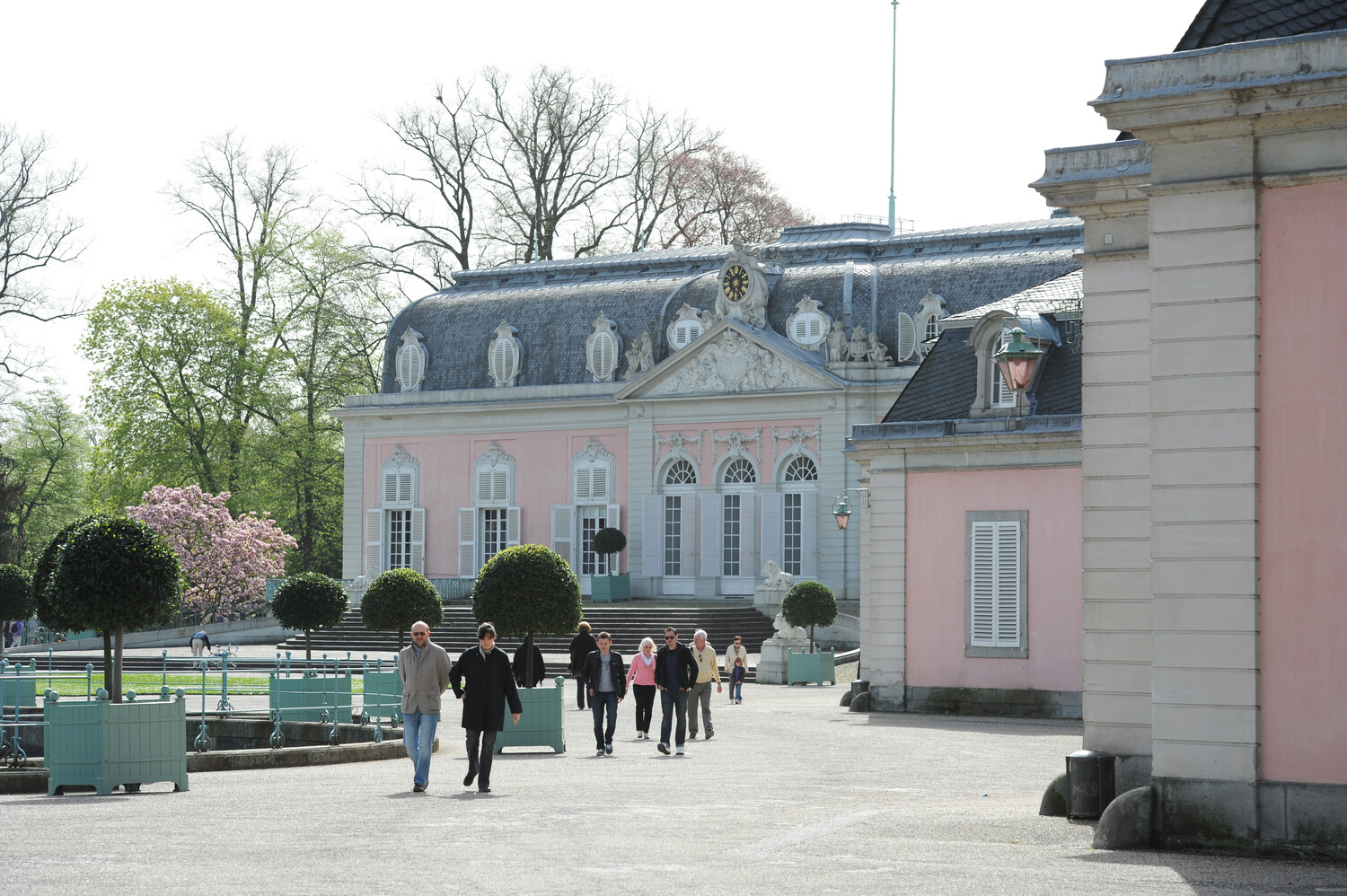
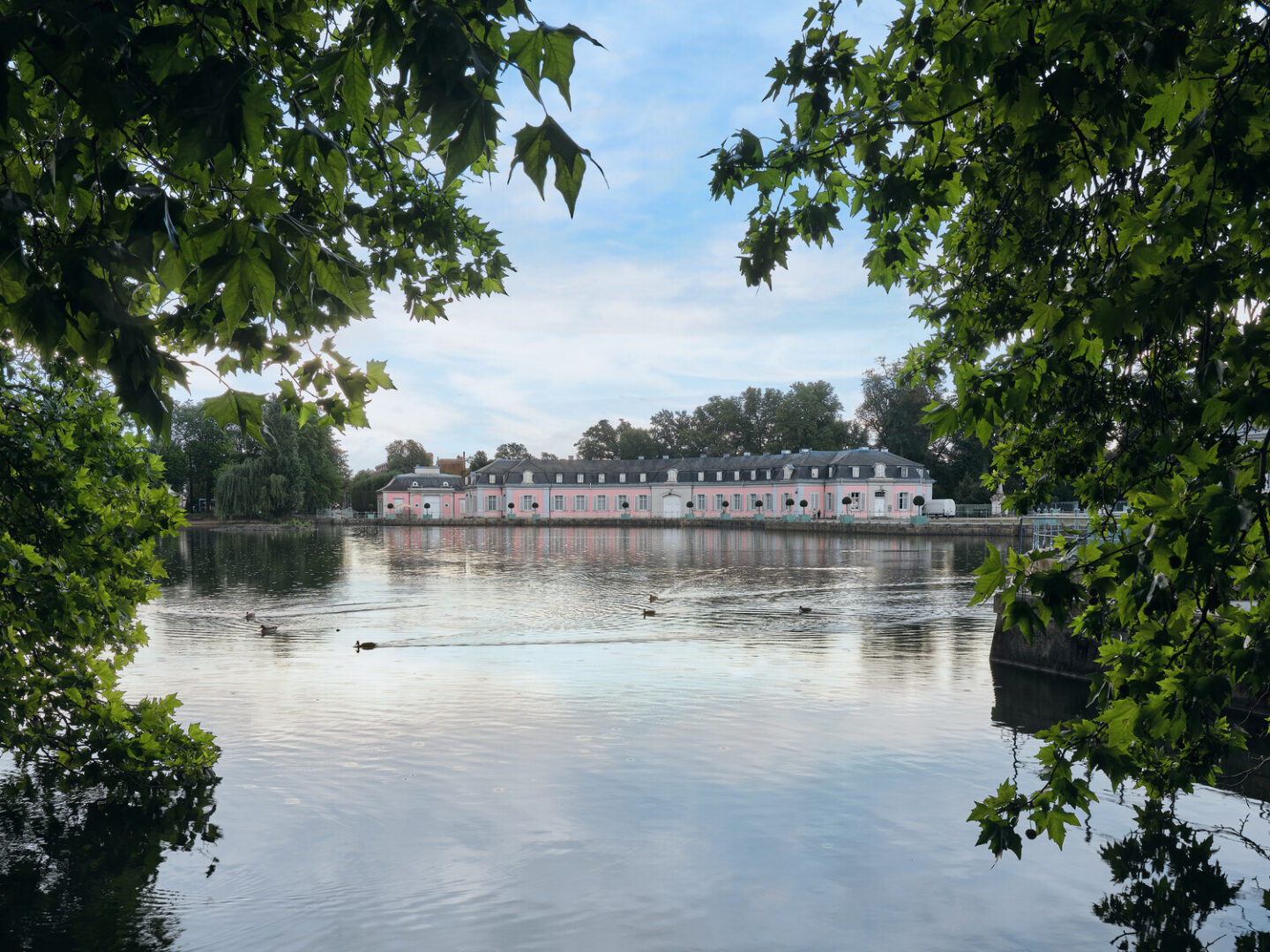
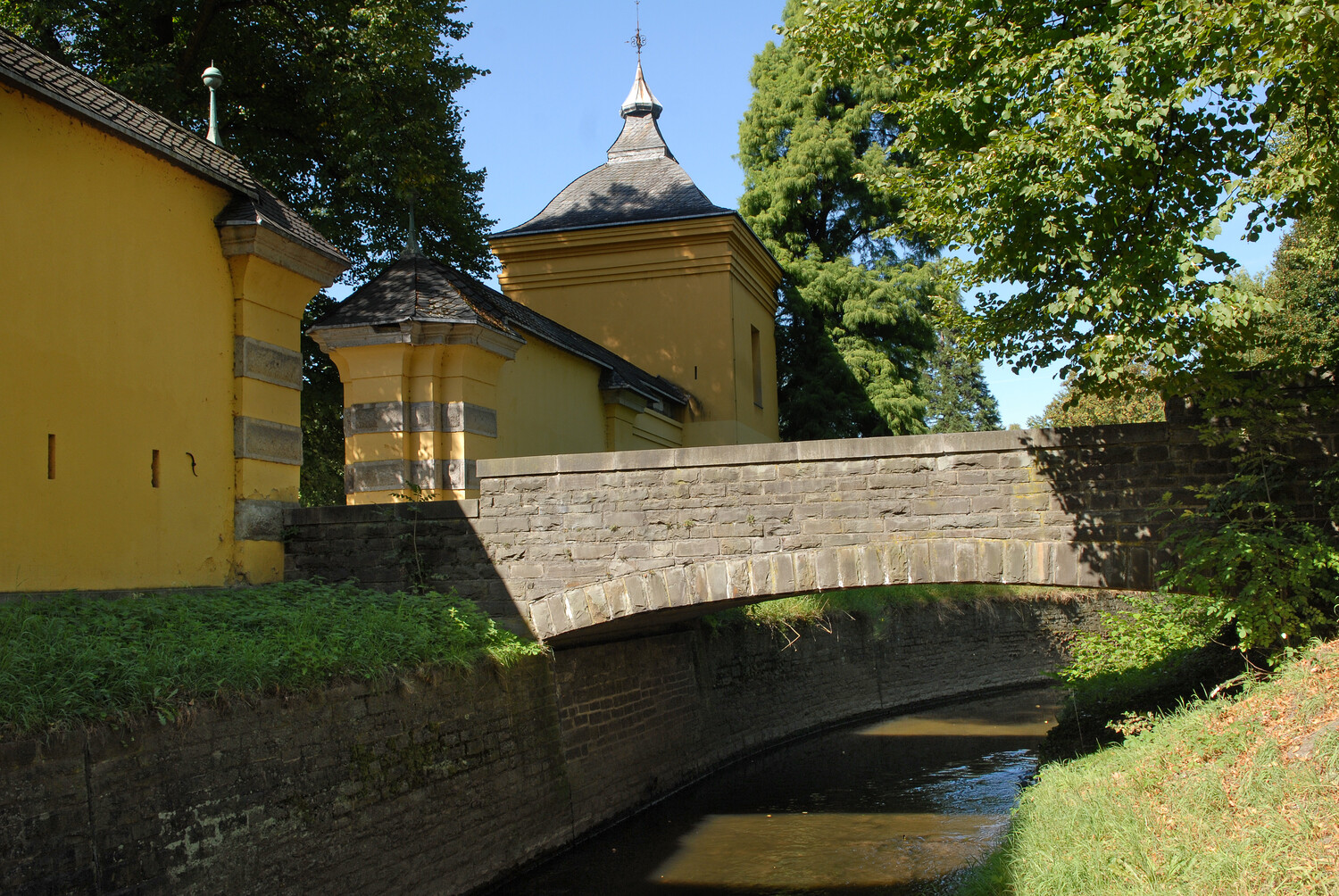
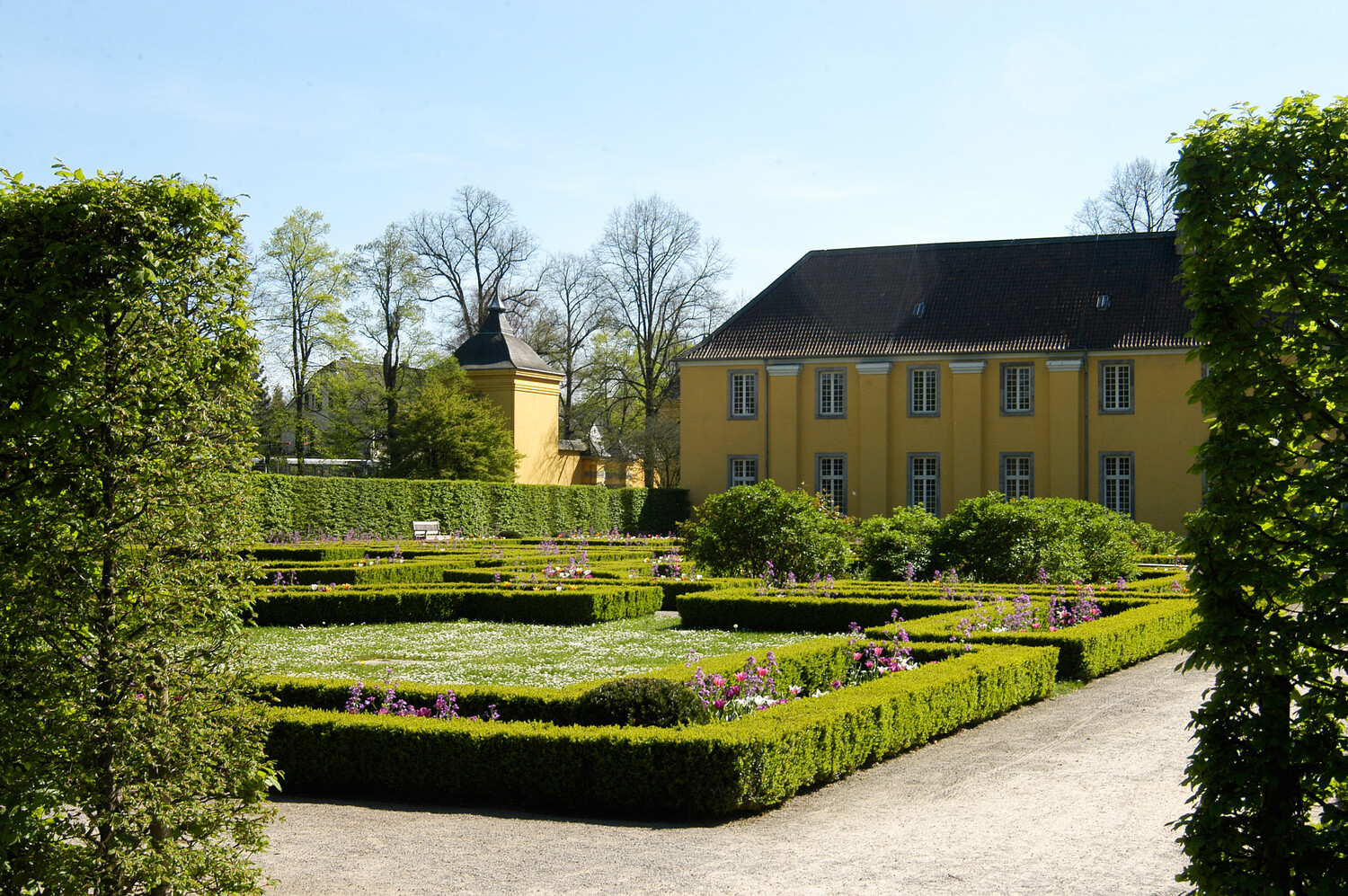
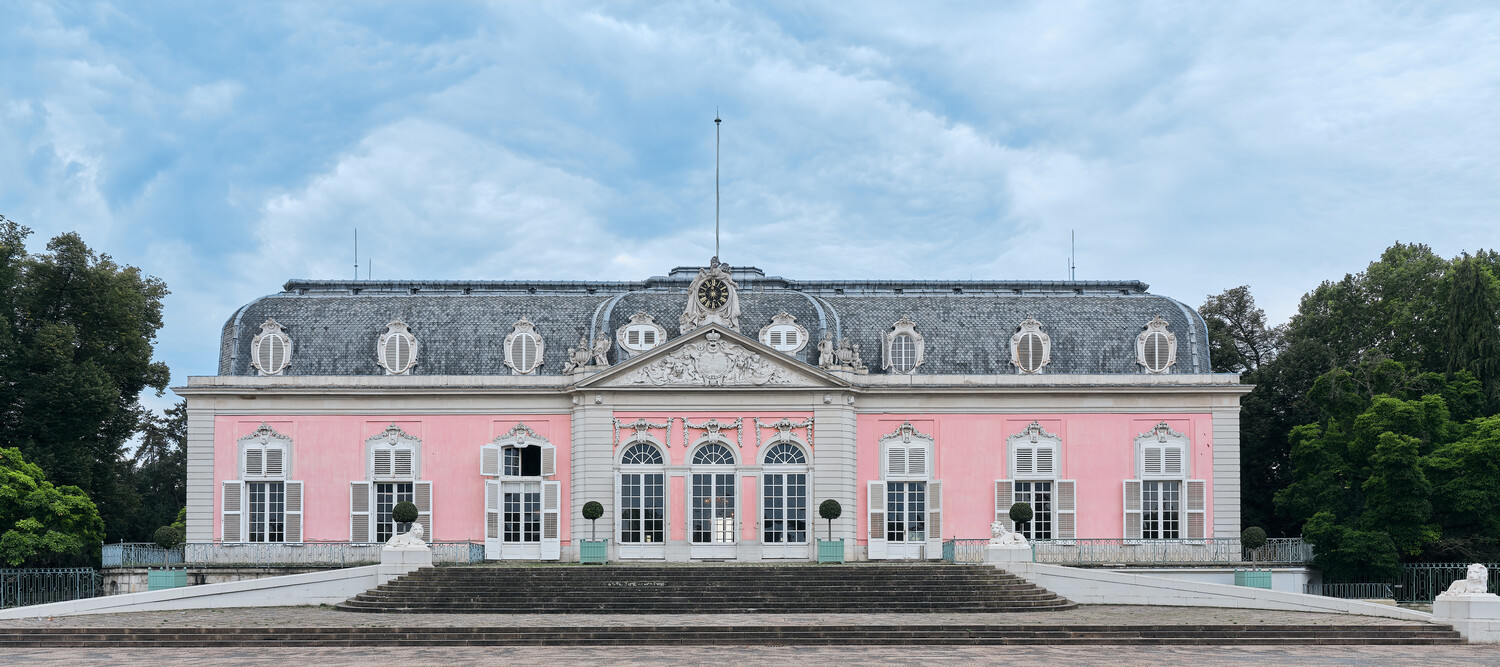
Hofgarten Park
Hofgarten Park is Germany’s first and oldest public park. The name means ‘court garden’, but few people realise that the park does indeed have royal origins, or that this is yet another park they owe to Elector Karl Theodor – and the efforts of Nicolas de Pigage. Carl Theodor had instructed his architect to build him a baroque hunting lodge, and de Pigage began work on a promenade between this new Jägerhof and the city’s ring of fortifications in 1772, before the lodge was even completed. At the time, the Jägerhof was situated outside the city gates. From the outset, the plan had been that the people of Düsseldorf would benefit from the project as well. Today, the Jägerhof on Pempelfort’s Jacobistrasse houses the Goethe Museum, while also serving as an ‘eyecatcher’ for the Reitallee avenue in the eastern section of Hofgarten Park. To the south of it stands the statue of Maximilian Friedrich Weyhe, who redesigned Hofgarten Park at the start of the 19th century, after it had been destroyed during French occupation, and expanded it based on the model of English landscape gardens. With the completion of phase I and II of the Kö-Bogen project, the park is now seamlessly connected to Königsallee and the city centre. Düsseldorf’s ‘green heart’ contains 13 hectares of lawns and grassland, along with three hectares of water, including several fountains and the Landskrone pond with its golden bridge, the oldest footbridge in the city. Near the adjacent theatre is a small flower garden, where you’re also likely to spot wedding parties, just like Benrath Palace, as it is located opposite the registry office.
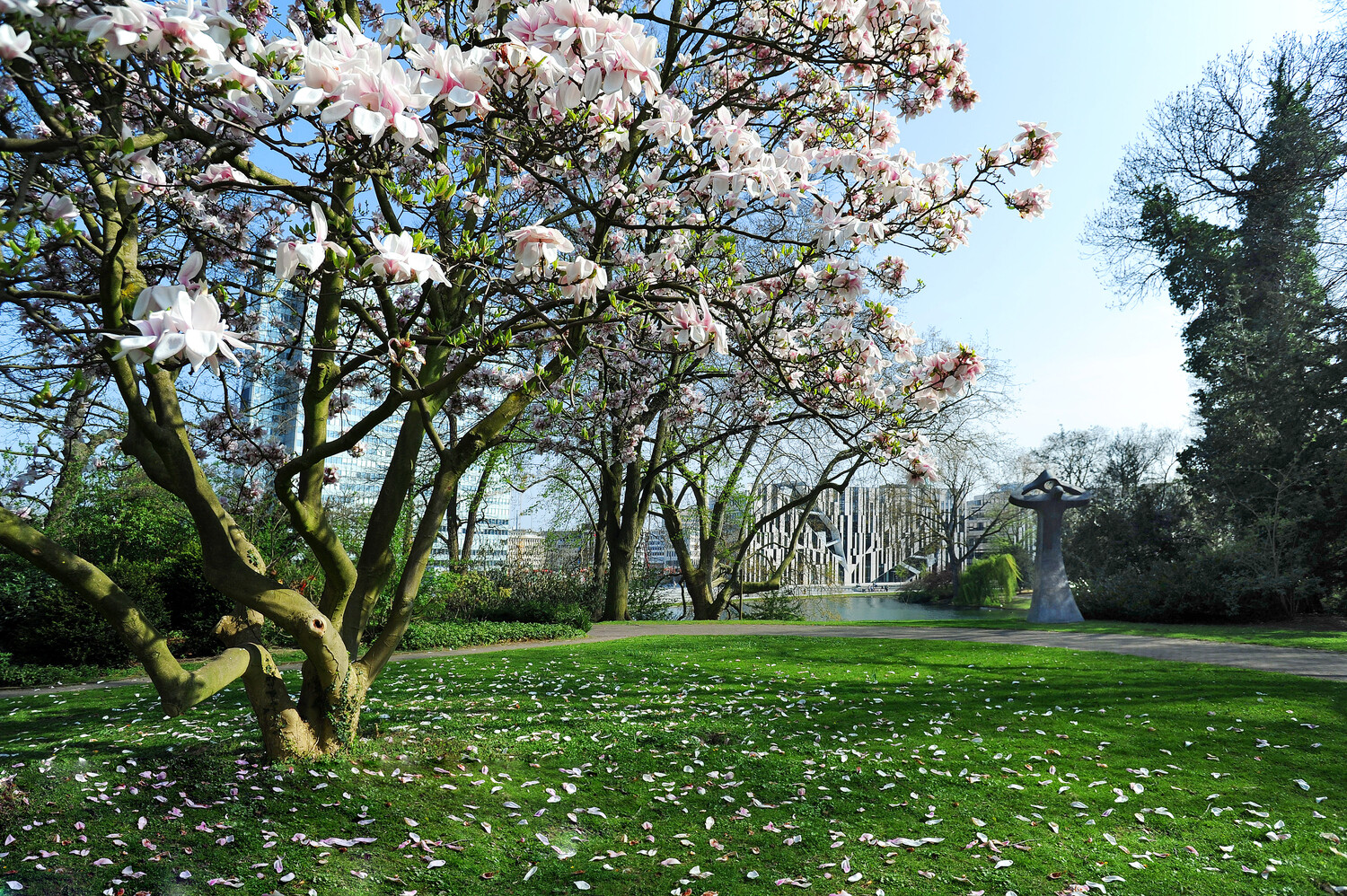
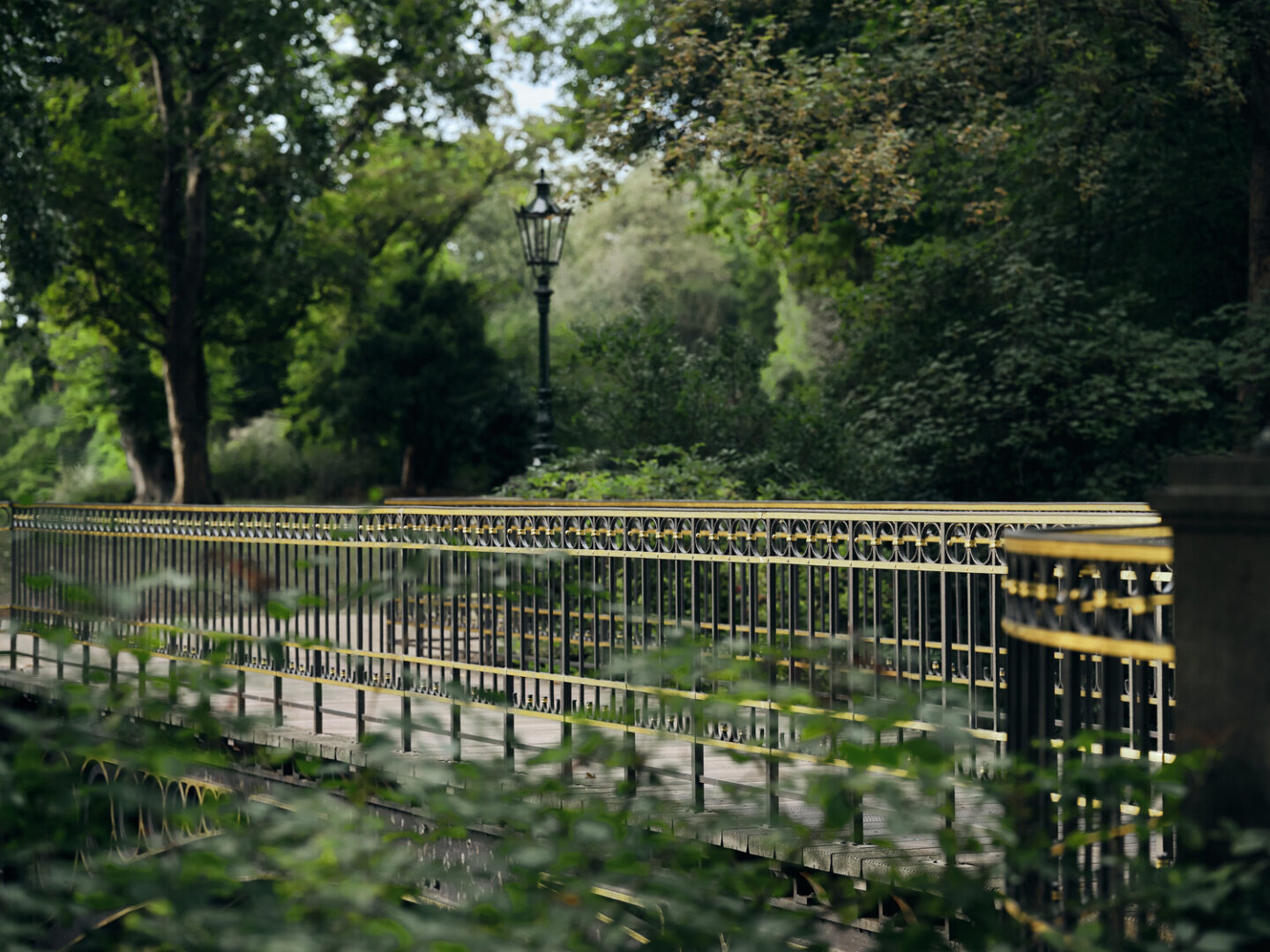
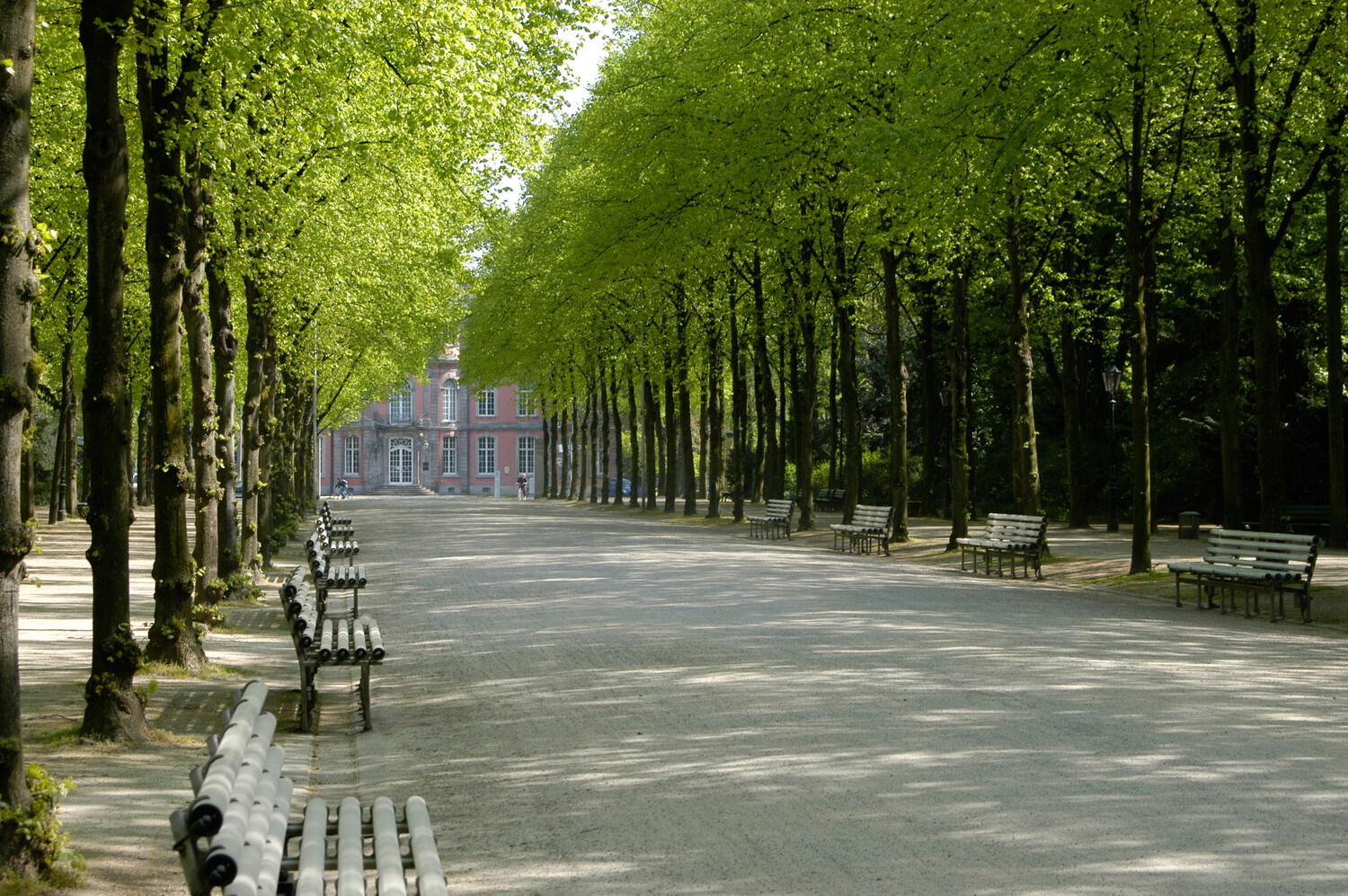
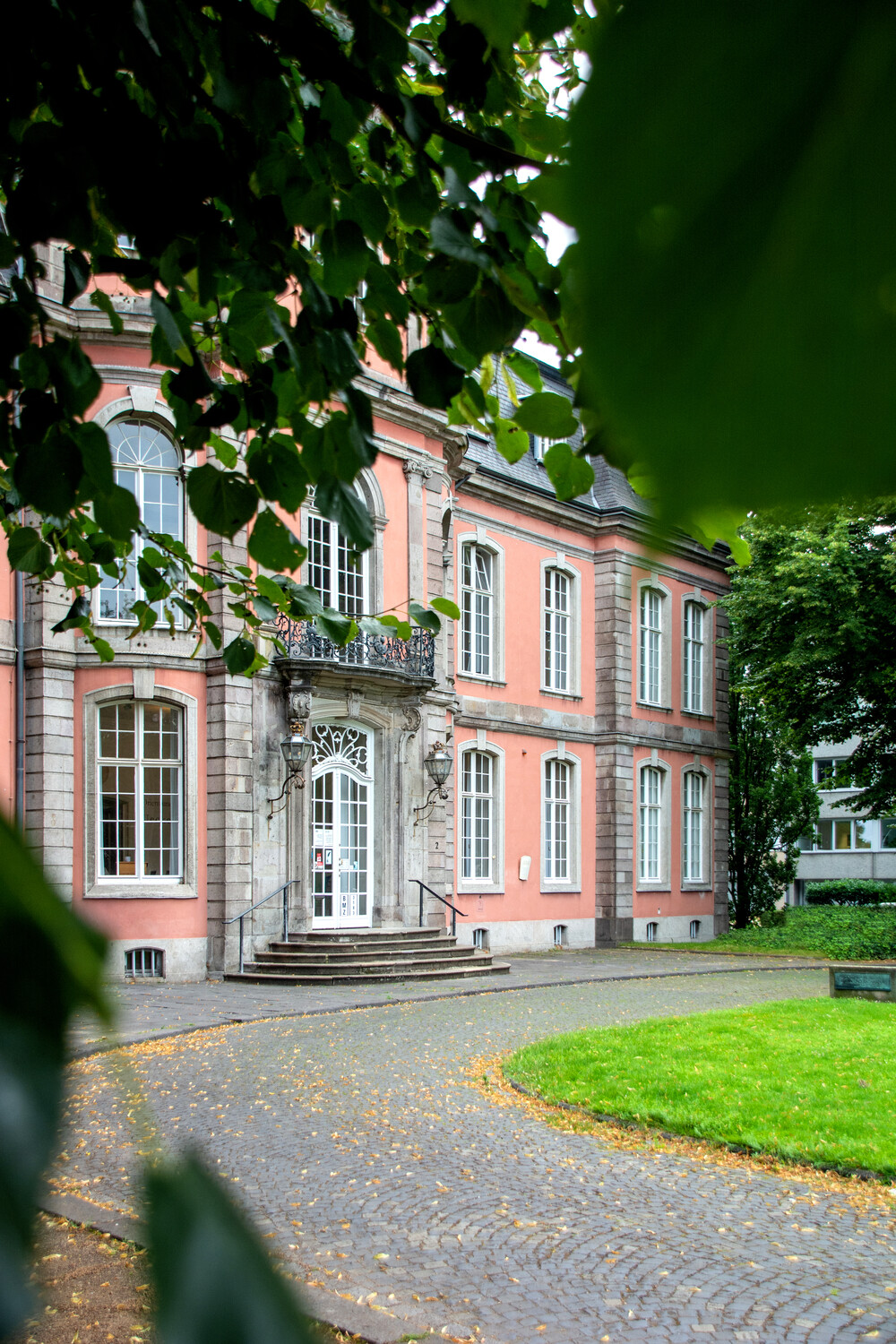
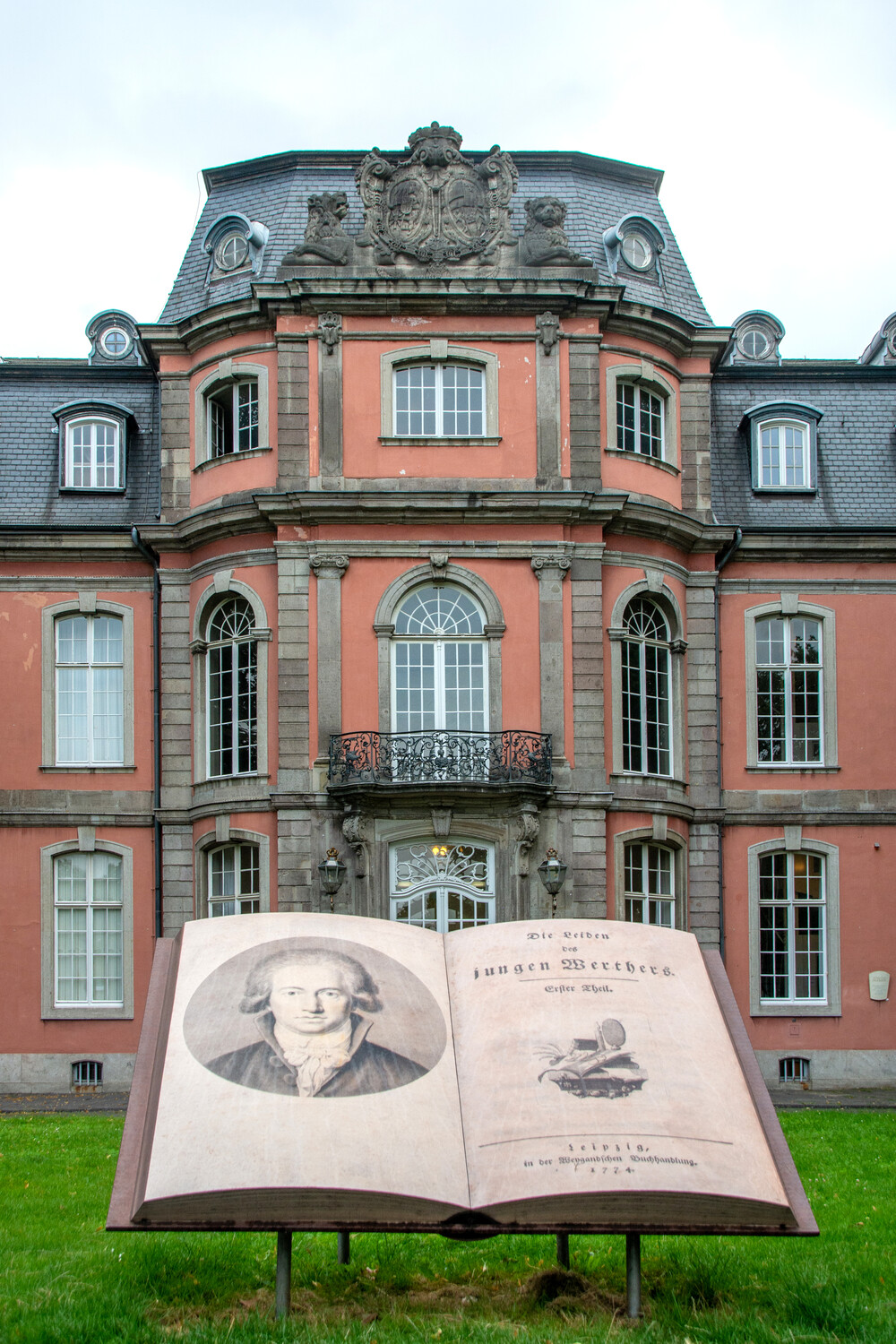
Schlosspark Mickeln
As well as being a centre of the arts, Düsseldorf is a also a city of parks and gardens. One person who had a substantial hand in shaping them was Maximilian Friedrich Weyhe, the Rhineland region’s most important landscape gardener in the 19th century. We’re very lucky that he was so prolific in Düsseldorf. The park of Schloss Mickeln in the suburb of Himmelgeist was the final project on which he left his inimitable mark. Schloss Mickeln is a square, neoclassical three-storey villa that is currently used by the Heinrich Heine University as a hotel and conference venue. It forms part of an ensemble of buildings that also includes the 12th century Meierhof farm, another manor farm that is at least as old and St Nicholas Church, which is even older. Weyhe incorporated all of the existing buildings into the design of his sight lines. He also integrated the adjacent Rhine meadows and neighbouring fields, giving the 20 hectare park the same tranquillity and spaciousness enjoyed by the idyllic suburb of Himmelgeist that surrounds it, with its wide expanses of farmland. The lime trees that line the approach to the villa are more than 150 years old. They were part of Weyhe’s original design, as were two Lebanese cedars, which are now protected natural monuments, a ginkgo tree, and several plane trees and copper beeches. That means the park is not only heritage-listed but also a nature conservation area – perfect for a leisurely stroll!
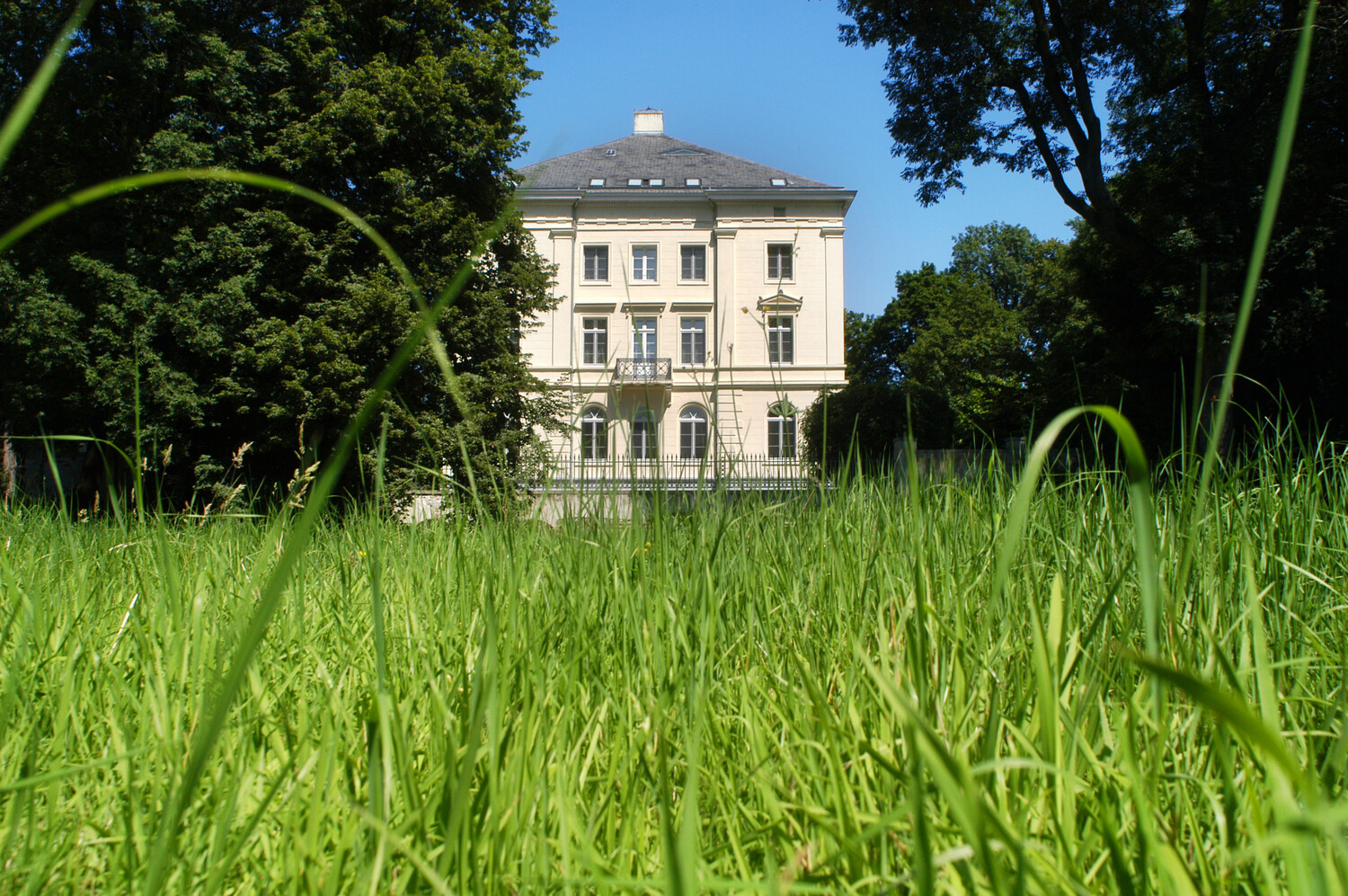
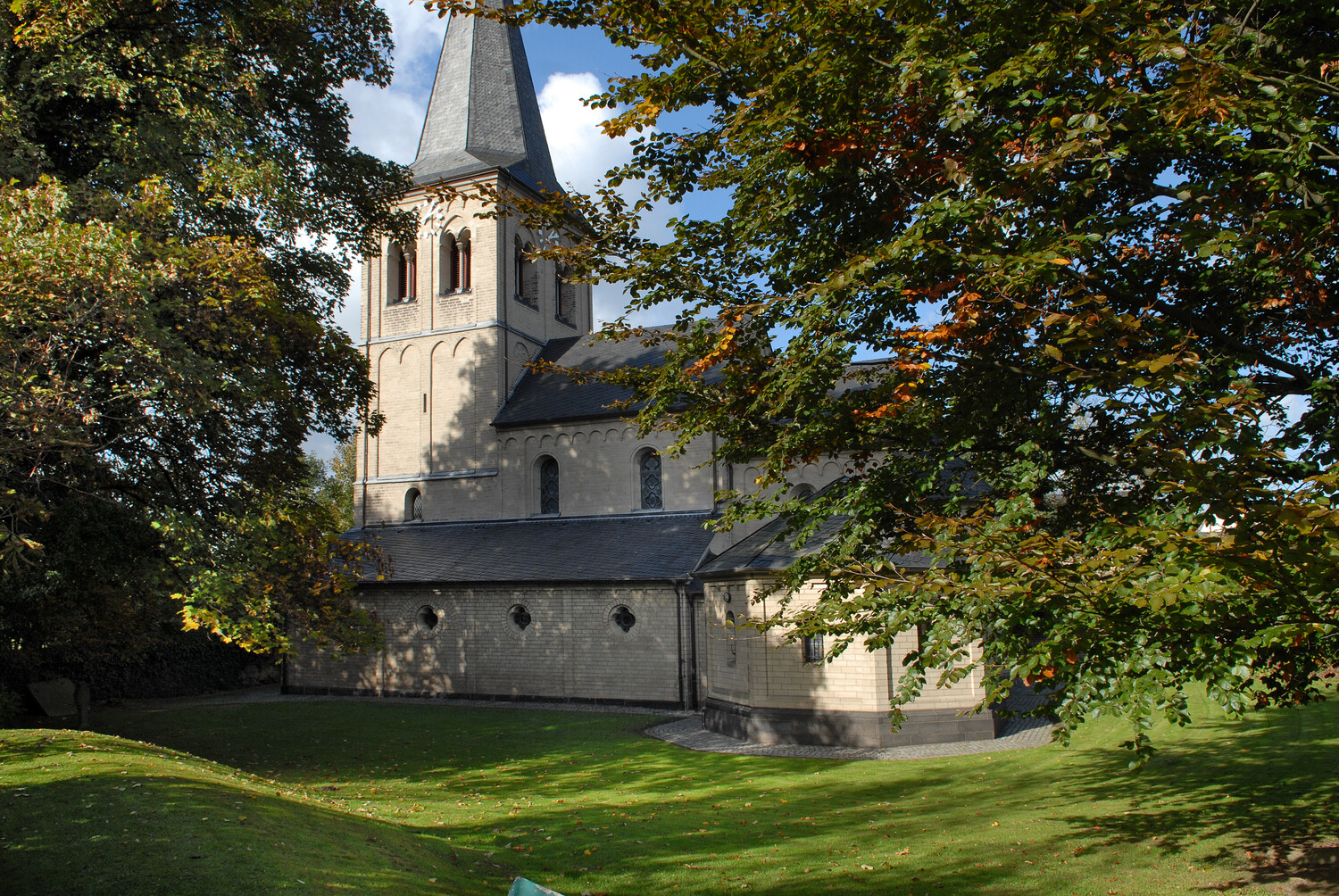
Schlosspark Eller
Let’s stay in the south of Düsseldorf. Schloss Eller is another stately home dating from the 19th century, similar to Schloss Mickeln. But the history of this location goes back much further, as today’s house replaced a medieval moated castle. Which brings us to one of the defining elements of the park – water. The pond at Schloss Eller with its water lilies certainly lives up to our expectations for a stately home. There is another sizeable pond at the entrance to the woodland park that was created in the early 20th century. Both bodies of water are fed by the Eselsbach stream. The old moated castle used to form the heart of the village of Eller. Today, Schloss Eller stands near a collection of two-storey buildings with half-timbered upper floors that date back to the start of the 20th century. City dwellers may be amazed to learn that these former coach houses, stables and outbuildings, set around a courtyard with a mighty plane tree, have been converted into apartments. Those not lucky enough to live there will have to make do with visiting the 30 hectare park. And don’t be alarmed if you happen to spot one of the coypus that have made their home by the water and can occasionally be seen at the edge of the ponds.
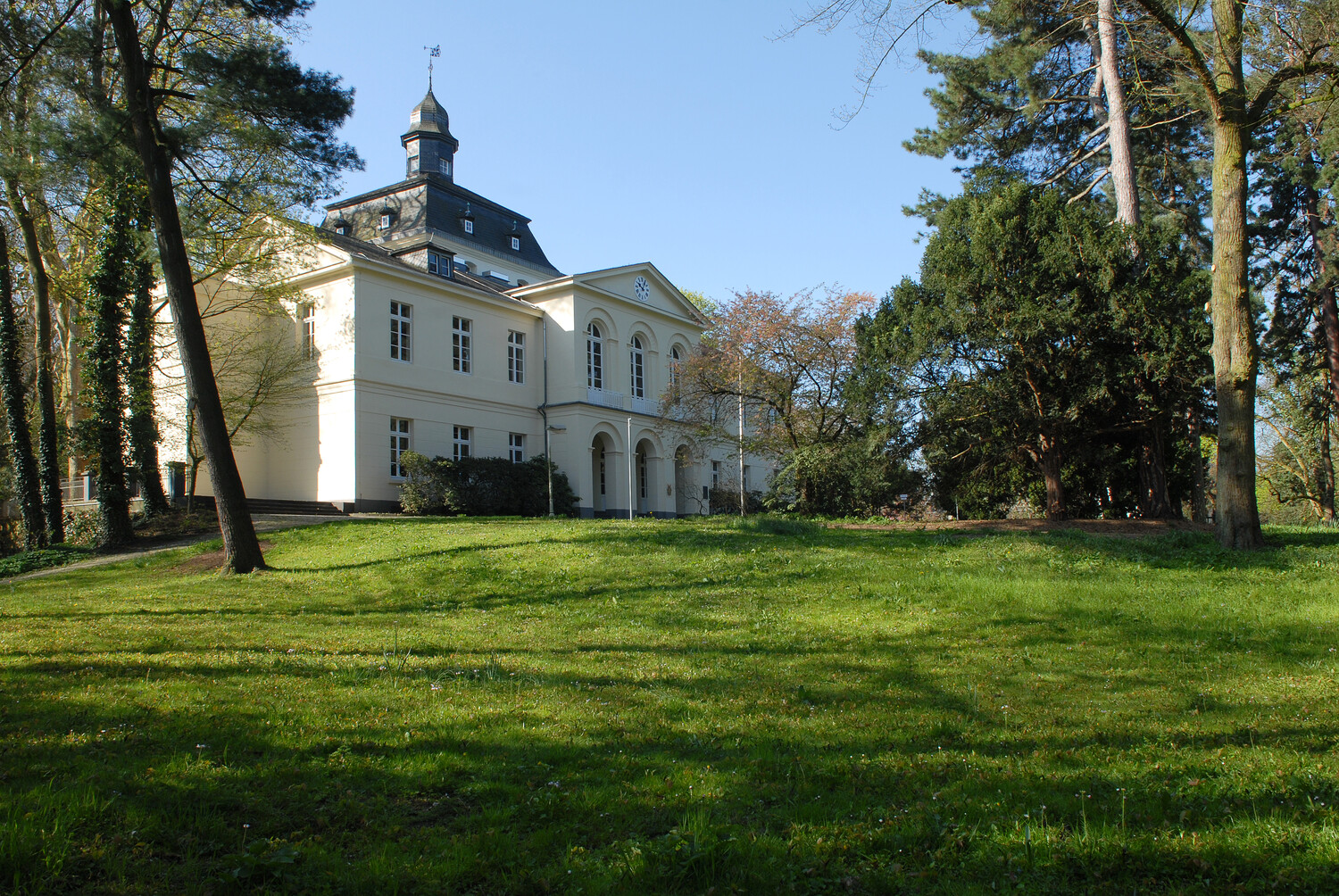
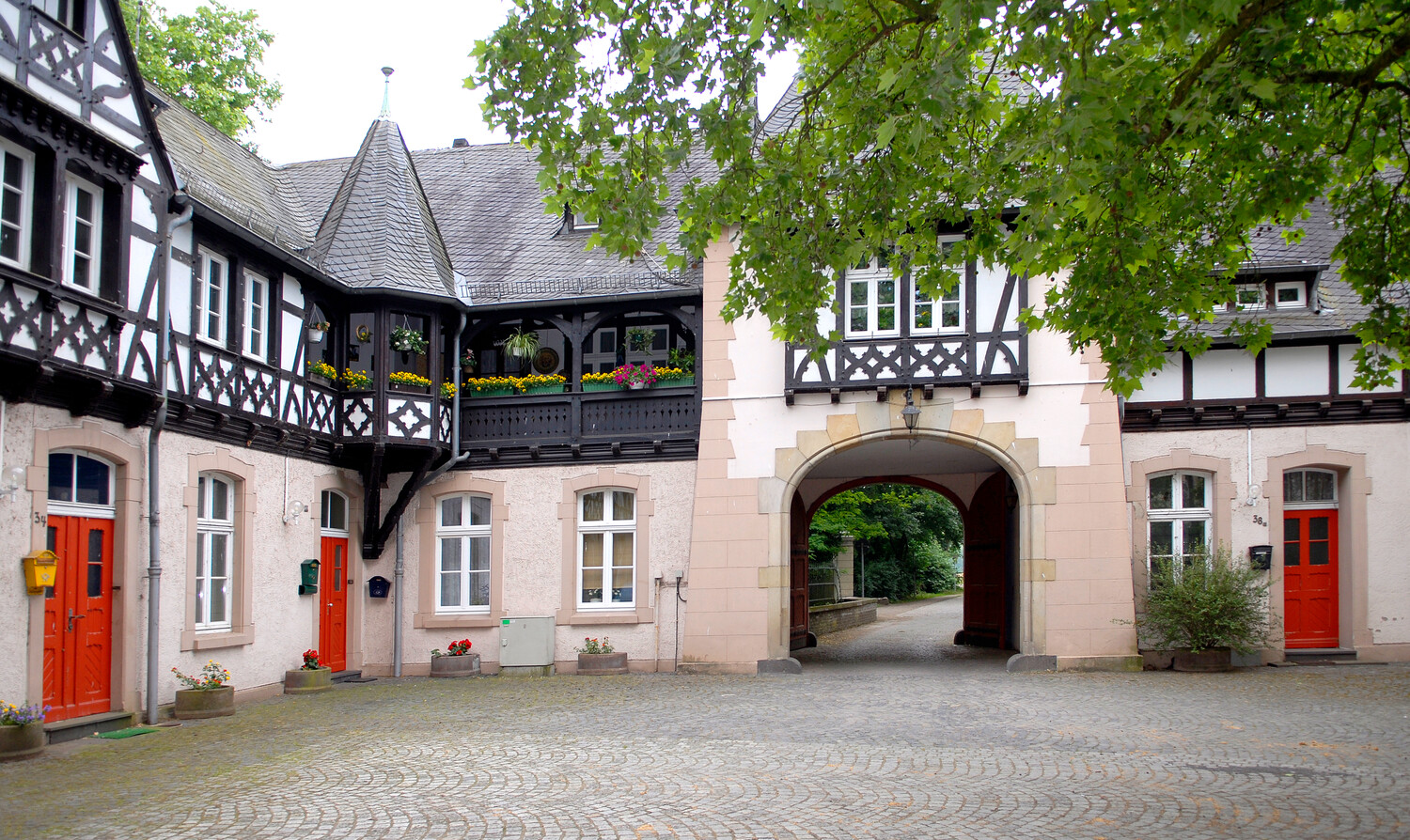
Lantz’scher Park
We may have mentioned that Düsseldorf is a city of art and gardens. Further proof, if it was needed, comes in the form of Lantz’scher Park in the suburb of Lohausen. In 1975, Düsseldorf gallery owner Alfred Schmela opened his ‘Gallery in the Park’ at Villa Lantz, which staged exhibitions featuring Andy Warhol, Joseph Beuys and Günther Uecker. Schmela also turned the 15 hectares of park and gardens around the villa into a sculpture park. This idea was revived in 2020, on the initiative of Gregor Jansen, head of the Kunsthalle Düsseldorf art gallery. Every year since then, a range of organisers have put on exhibitions featuring the works of international contemporary artists during the summer months. But even when there are no events as such, for example in the winter, you can still explore art and sculpture from different periods in Lantz’scher Park. The neoclassical Villa Lantz itself stands in a historical location, thought to have been the site of a moated castle, the seat of the knights of Calcum zu Lohausen. Today, the villa contains offices. If you’re unfamiliar with this park in the north of Düsseldorf, look for a wrought-iron gate on Lohauser Dorfstrasse, which marks the main entrance. Keep left to head straight for the former stately home. Lantz Chapel, located at the end of a grand tree-lined avenue at the centre of the park, is also well worth a look. If you leave the park through a back gate you can follow farm tracks to the Rhine dyke, from where it’s just a short walk to Kaiserswerth.
Dyck Castle Park
We are now leaving the city limits, but with good reason. Dyck Castle in Jüchen is one of the Rhineland’s most culturally and historically significant moated castles. Having been owned by the Salm-Reifferscheidt-Dyck family for over 900 years, the estate in Neuss was taken over by a foundation in 1999. Since then, parts of the grand old building have been open to the public, who are able to visit the banqueting hall with its baroque ceiling frescos, among other things. But it isn’t only the moated castle itself, resplendent in bright yellow, that makes the 25 kilometre trip from central Düsseldorf worthwhile. Including the outer wards and ancillary buildings, the area known as ‘Dycker Ländchen’ covers four islands created by the Kelzenberger Bach stream. Then there is the 53 hectare English country park where you can stroll beneath magnificent trees that are unrivalled in their age and diversity anywhere in Europe. Among them an ancient yew tree, a sequoia, a swamp cypress, a tulip tree, a Korean poplar and a Kentucky coffeetree. Woodland paths and tree-lined avenues open up to reveal wide expanses of meadow and gentle hills. If you’ve got green fingers yourself, then you might want to pick up some ideas in the themed gardens created for the EUROGA 2002plus European Garden Show. Further inspiration is available in the 3,500 square metre ‘East meets West’ show garden, based on Asian-Japanese models, as well as from special exhibitions, for example on garden photography. The foundation certainly lives up to its claim to have created a centre for garden design and landscape culture. If you would like to stay a little longer, the former coach house now contains a hotel as well as a restaurant. And the equally fascinating Hombroich Museum Island is located not far from Dyck Castle.
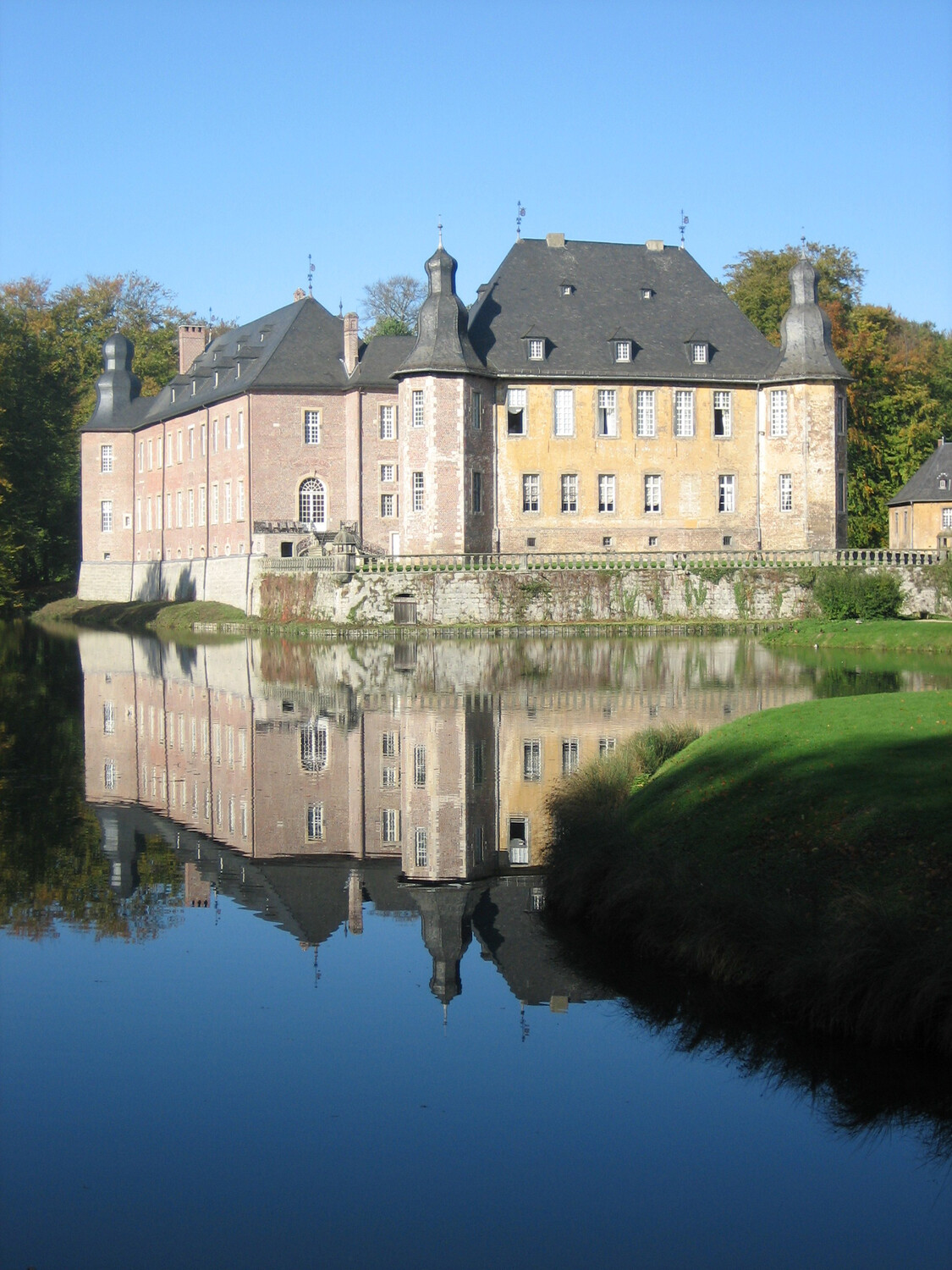
This article is supported by REACT-EU.
Images: Düsseldorf Tourism

